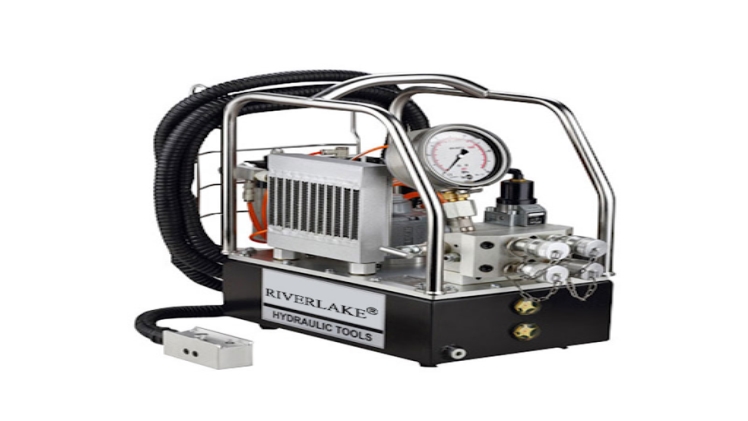Hydraulic systems are pivotal in various industries, powering heavy machinery and equipment with precision and force. Central to these systems is the efficient operation of hydraulic pumps and power units that generate the required hydraulic pressure. However, like any mechanical system, hydraulic pumps and power units are prone to issues that can lead to operational inefficiencies and downtime. Effective troubleshooting and diagnosis are essential to promptly identifying and rectifying these problems, ensuring optimal system performance, and preventing costly disruptions.
RIVERLAKE, a key player in hydraulic system solutions, provides advanced technologies and expertise that contribute to the reliability and longevity of these systems.
Understanding Hydraulic Pump and Power Unit Basics
Before delving into troubleshooting techniques, it’s crucial to grasp the fundamentals of hydraulic pumps and power units. Hydraulic pumps generate pressure that moves fluids throughout the system by converting mechanical energy into hydraulic energy. Power units provide the energy source for these pumps, often consisting of a motor, reservoir, filters, and control valves. Issues can arise at any point in this complex system, and a systematic approach is essential for accurate diagnosis.
Common Issues and Troubleshooting
No Fluid Delivery: If the hydraulic pump isn’t delivering fluid, it could be due to various reasons. Insufficient fluid levels, clogged filters, or air in the system can hinder fluid flow. Begin by checking fluid levels and filter conditions. Stand in the system can be bled out by operating the pump slowly and manipulating control valves to encourage air release.
Unusual Noises: Knocking, whining, or screeching might indicate mechanical issues within the pump or power unit. Cavitation, worn components, or misalignment can be the culprits.
Overheating: Hydraulic pumps and power units can overheat due to excessive friction, contamination, or inadequate cooling. Check for proper oil viscosity and clean filters to avoid contamination-related problems. Inspect cooling mechanisms and ensure they are functioning optimally.
Pressure Fluctuations: Inconsistent pressure levels can impact the efficiency of hydraulic systems. Leaks, worn seals, or malfunctioning valves could be contributing factors. Perform a visual inspection for leaks and assess the condition of the seals. Check and recalibrate pressure relief valves as needed.
Diagnostic Tools and Techniques
Effective troubleshooting and diagnosis depend on employing appropriate tools and techniques:
Pressure Gauges: Monitoring pressure levels can provide insights into potential issues. Fluctuations or deviations from expected pressures can point to specific problems.
Flow Meters: Flow meters help assess the rate of fluid delivery, aiding in identifying restrictions or blockages within the system.
Thermal Sensors: Temperature sensors can help track overheating issues and prevent component damage.
Hydraulic System Excellence
Understanding the intricacies of pump and power unit operations is paramount in hydraulic systems. Diligent maintenance, regular inspection, and swift troubleshooting based on pressure gauges, flow meters, and thermal sensors are essential for optimal performance. Industries can ensure seamless operations, extend equipment lifespans, and minimize costly disruptions by combining these strategies with operator training, fluid management, and solutions from RIVERLAKE, a leader in hydraulic system technology.
Optimizing Hydraulic System Performance
Hydraulic pump and power unit issues can disrupt operations and lead to costly downtime. A systematic approach to troubleshooting and diagnosis, along with appropriate tools and techniques, is essential for identifying and rectifying these issues. By addressing problems promptly and implementing preventive measures, industries can ensure their hydraulic systems’ longevity and optimal performance, ultimately contributing to increased productivity and reduced maintenance still need round nguyen duy tri • acid madness • 2023costs.

